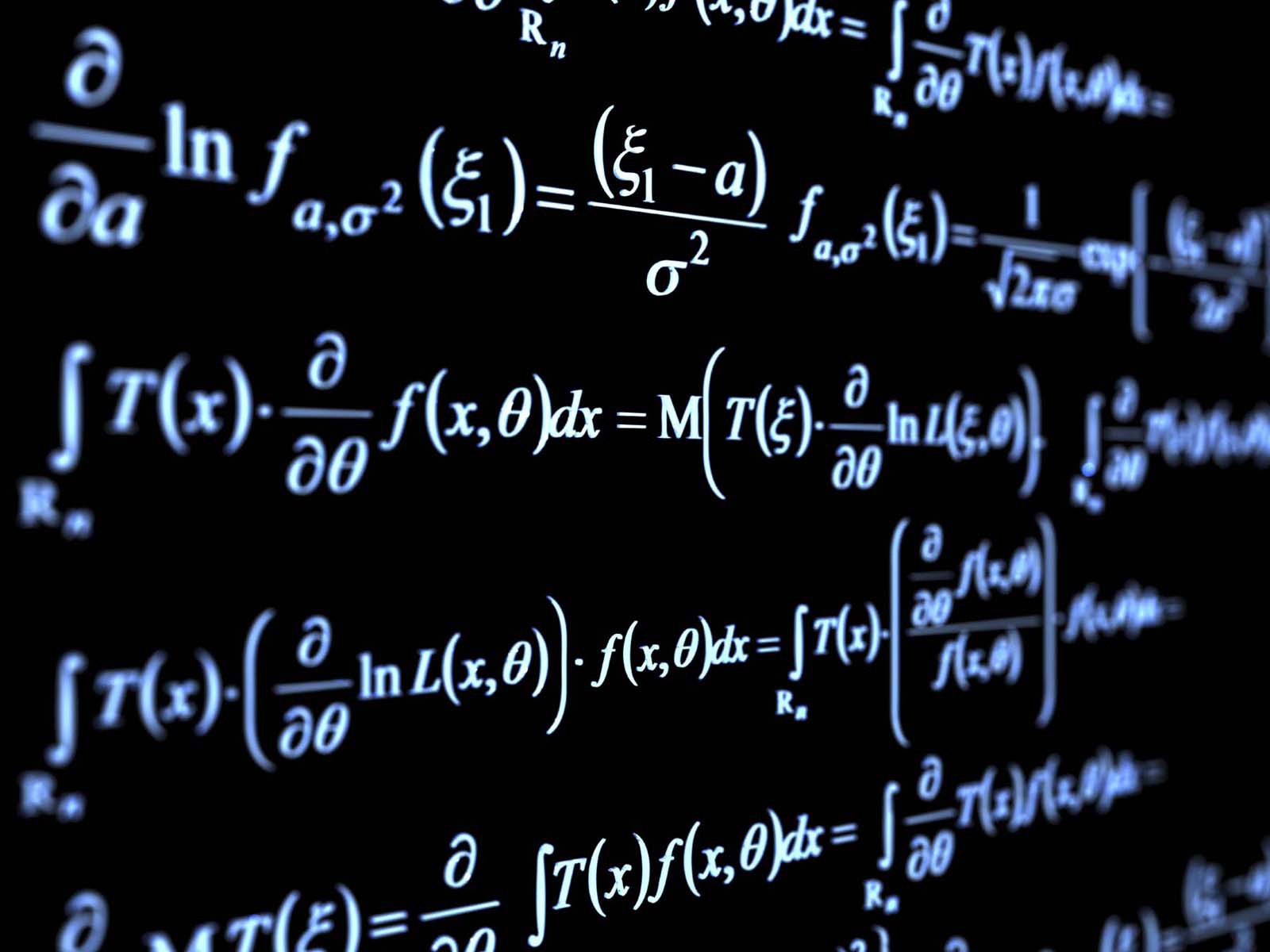Differential equation constitutes a very important part of mathematics because it has many applications in science as well as in real life. Various laws of science are in the form of equations involving the rate of change of one quantity with respect to another. Differential equations arise very naturally in real life and methods for solving them acquire paramount importance. In this article, we will discuss the differential equation formula with examples. Let us learn the interesting mathematics!
Differential Equation Formula
What is the Ordinary Differential Equation?
An equation consisting of the dependent variable and independent variable and also the derivatives of the dependable variable is called a differential equation. Also, differential equations that involve only one independent variable are known as an ordinary differential equation. The order of a differential equation can be defined as the order of the highest derivative involved in the differential equation.
These equations are used in a variety of applications, may it be in Physics, Chemistry, Biology, Geology, Economics, etc. Therefore an in-depth study of differential equations has much importance in all modern scientific investigations. A differential equation having derivatives of the dependent variable with respect to only one independent variable is called an ordinary differential equation.

Some Differential Equation Formula Examples
For some function g, find another function f such that
\(\frac{dy}{dx}=f(x)\)
where y = f (x)
This is the differential equation. Therefore, an equation consisting of derivative or derivatives of the dependent variable with respect to the independent variable is called a differential equation.
Here are some popular examples of the differential equation:
- \(\frac{dy}{dx}=xsinx\)
- \(\frac{dy}{dx}=ysinx\)
- \(\frac{dy}{dx}=xsiny\)
- \(\frac{dy}{dx}=xsiny+ ysinx\)
Ordinary Differential Equation
A differential equation with derivatives of the dependent variable with respect to only one independent variable is an ordinary differential equation, e.g.,
\(2\frac{d^2y}{dx^2}+(\frac{dy}{dx})^3 = 0\) is an ordinary differential equation.
Linear Differential Equations
A differential equation of the form:
\(\frac{dy}{dx}+ My= N\)
where M and N are constants or functions of x only, is the first-order linear differential equation. Some common examples of the first-order linear differential equation are:
\(\frac{dy}{dx}+y= Sinx\)
Steps used to solve first-order linear differential equation are
(i) Write the equation in the form as :
\(\frac{dy}{dx}+My= N\)
where M, N are constants or functions of x only.
(ii) Find the Integrating Factor (I.F)
\(I.F. = e^{\int Pdx}\)
(iii) Write the solution as:
\(y (I.F.)=\int (Q*I.F.)dx + C\)
If the first-order linear differential equation is:
\(\frac{dx}{dy}+M_1x= N_1\)
where \(M_1 and N_1\) are constants or functions of y only. Then
\(I.F. = e^{\int M_1dy}\)
and the solution to it will be given by:
\(x.(I.F.)=\int (N_1*I.F.)dy + C\)
Also, \(\frac{dy}{dt} + P(t) y = g(t)\) is also a type of differential equation.
P(t) & g(t) are the functions.
\(Y(t) = \int \mu(t) g(t) d(t) + c \mu(t)\)
Where \(\mu(t) = e\int P(t) d(t)\)
Solved Examples
Q.1: Solve this equation,
\(\frac{dv}{dt}=9.8 – 0.196 v\)
v(0) =48
Solution: First find the general solution as:
\(V= 50+ c e^{0.196t}\\\)
Now find the value of constant\; c,\\
\(48 = v(0) = 50 + c \\\)
\(C = -2 \\\)
\(V = 50– 2e^{0.196t}\)
It is the solution of the given equation.






I get a different answer for first example.
I got Q1 as 20.5
median 23 and
Q3 26